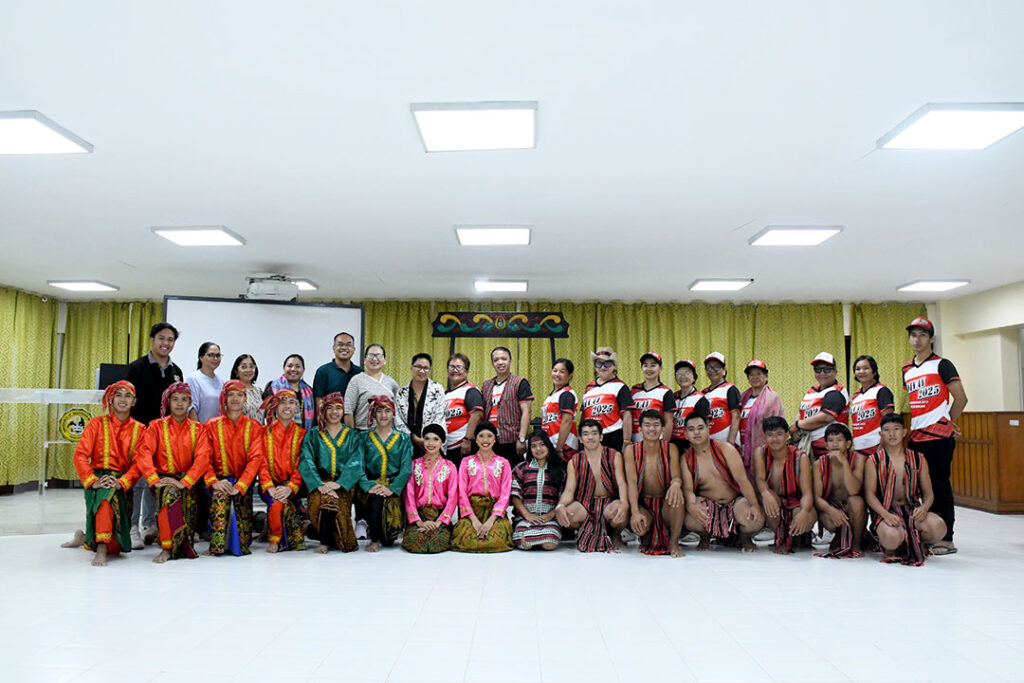
Ugnayan Natin Season IV – Episode II Discusses Paramount Mpox Information
May 26, 2025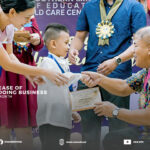
19 Pupils Complete Pre-Kindergarten Program at USM
May 27, 2025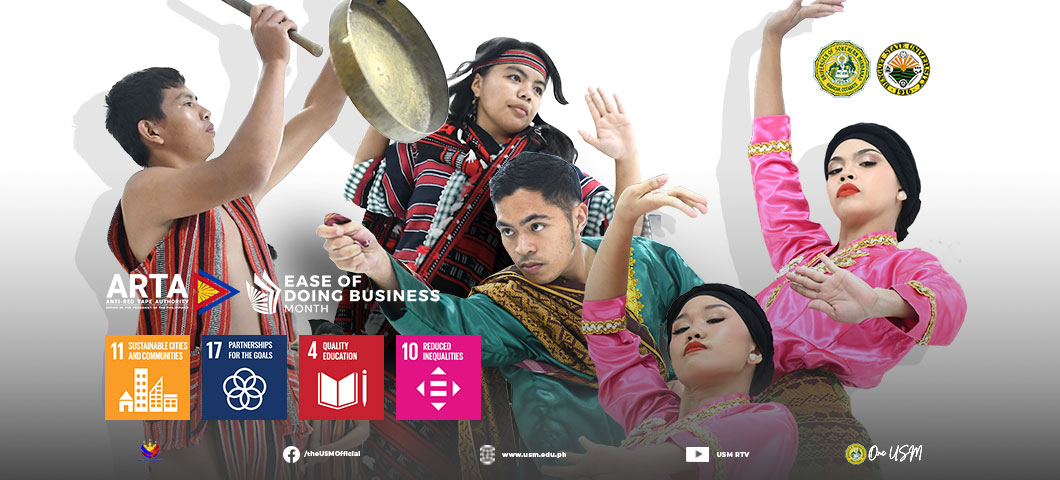
Featuring traditional dances and discussions to foster understanding between the cultural traditions of Northern and Southern Philippines, the University of Southern Mindanao (USM) and Benguet State University (BSU) held a cultural exchange program on May 24, 2025, at the University Skyroom, USM, Kabacan, Cotabato.
In his message, Dr. Radji Macatabon, Director of the Sentro ng Wika at Kultura (SWK) of USM, described the event as a meaningful connection between two regions.
“Ang pagtatagpo ng North at South. Ito ay upang ipakita na ang kulturang Pilipino ay buhay na buhay pa rin sa atin,” the SWK director said.
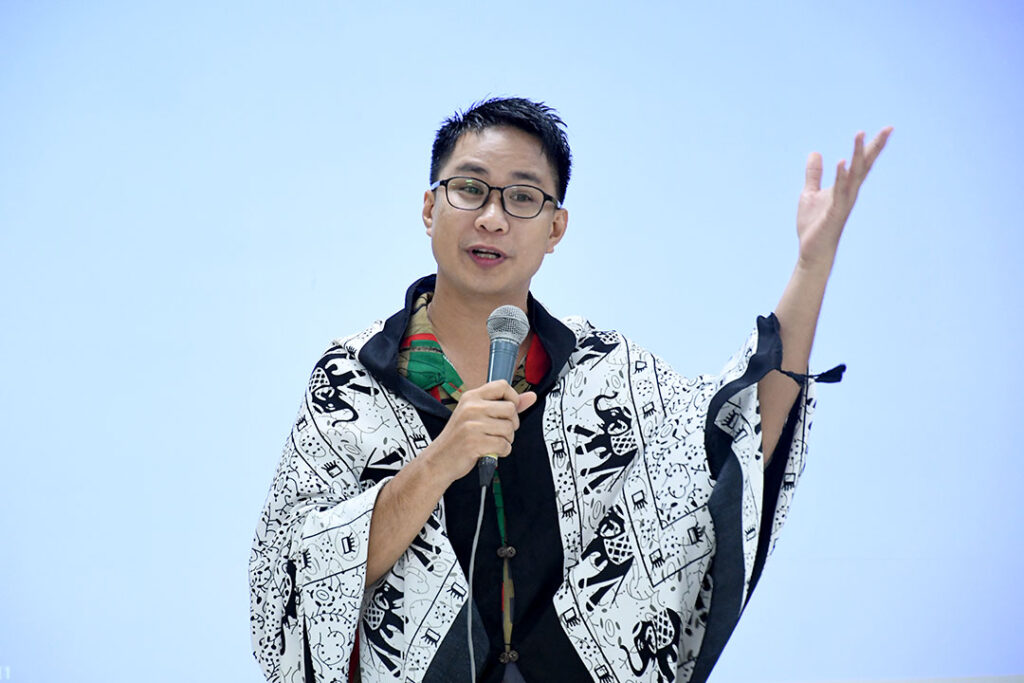
Meanwhile, Dr. Samuel Poledin, Dean of the Open University of BSU, expressed interest in expanding collaborations between the two institutions. “We hope to learn the different cultures in the Philippines. We hope to see our students perform your dances,” Dr. Poledin spoke.
Further, Prof. Yvonne Saliling, who spoke on behalf of USM President Dr. Jonald Pimentel, emphasized the challenges the Indigenous Peoples is facing in preserving their languages and culture. As an IP representative herself, she expressed hope that cultural events would strengthen efforts to safeguard Philippine heritage.
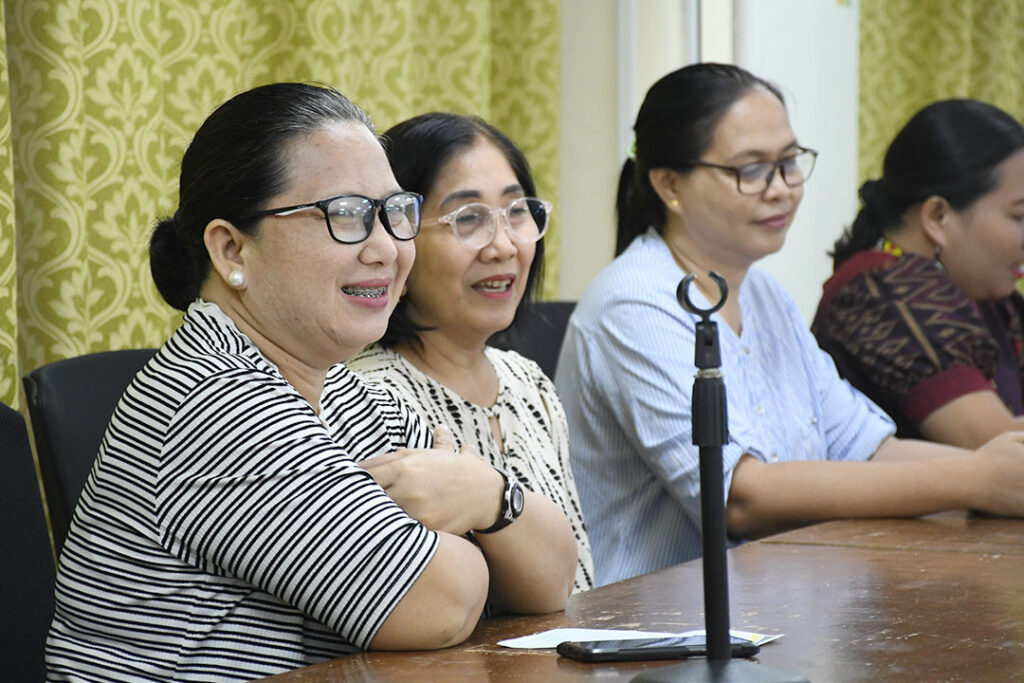
BSU performed two traditional dances from the Cordillera region: Tayao, a festive dance performed during important community events, and Bendian, an Ibaloi circle dance symbolizing unity, reconciliation, and peace. The background and cultural significance of each dance were explained by Dr. Myrna B. Sison.
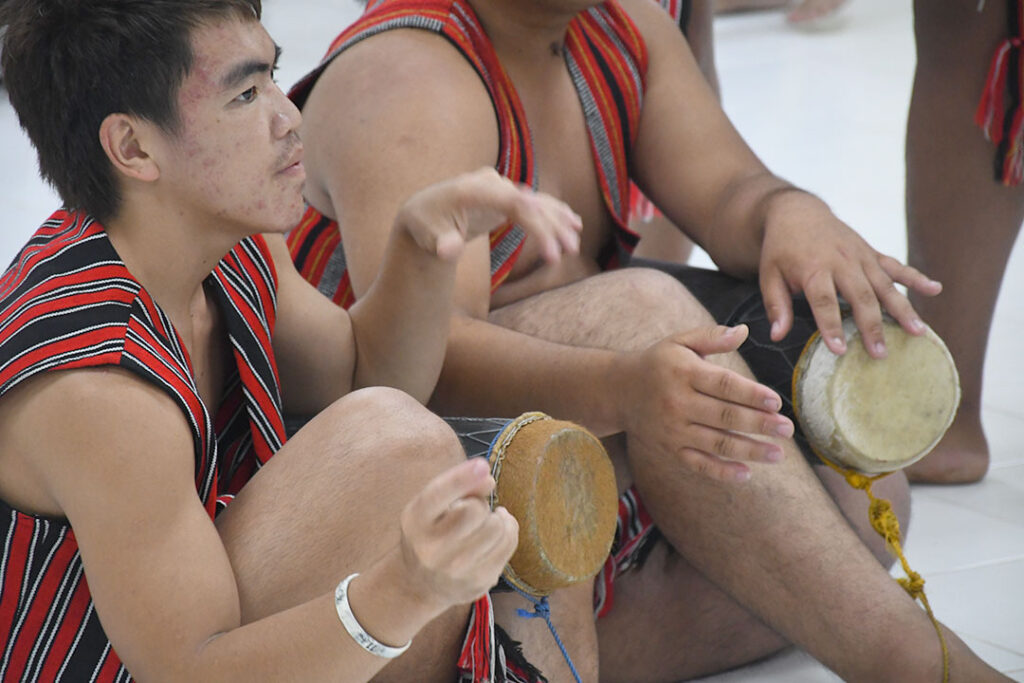

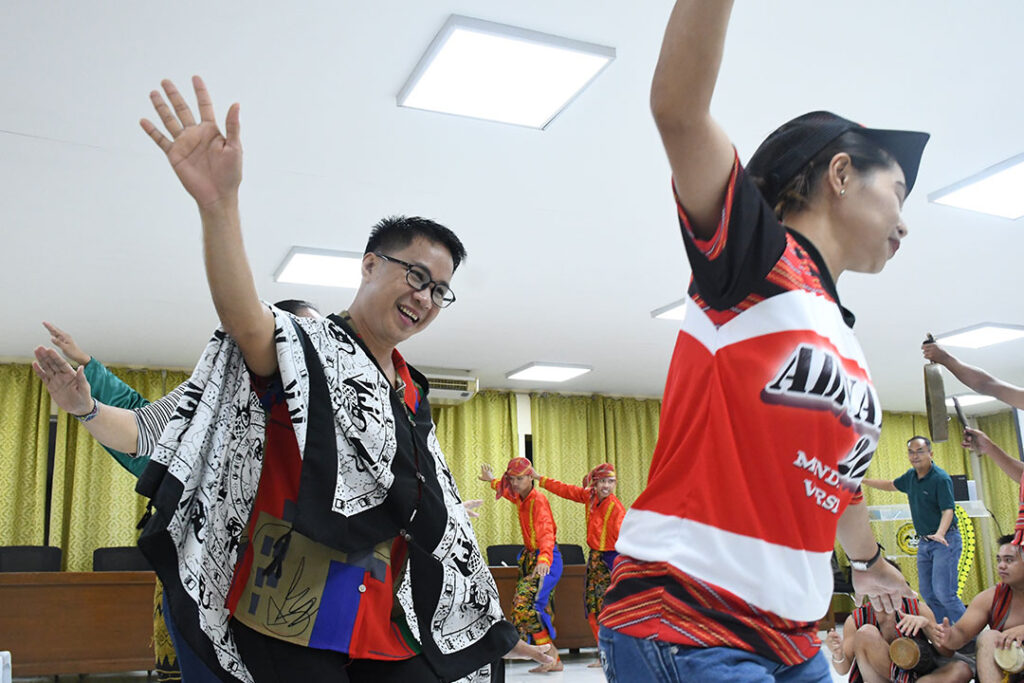

USM B’dadali Dance Troupe, under the Office of the University Culture and Arts Office directed by Prof. Jessa Buisan, presented two dances representing the Bangsamoro tradition. The first, Silong sa Ganding, is a royal dance performed to the rhythm of the gandingan, a set of four hanging gongs. The dance is known for its continuous turning, flickering hand movements, and poised, graceful motions traditionally performed in the presence of Maguindanaon royalty.
The second performance was the Tubao Malong Dance, which highlights the use of traditional garments such as the tubao (head covering) and malong (versatile tubular cloth). The dance demonstrated how the garments are worn and incorporated into daily and ceremonial life, reflecting the beauty and practicality of Bangsamoro attire and identity.

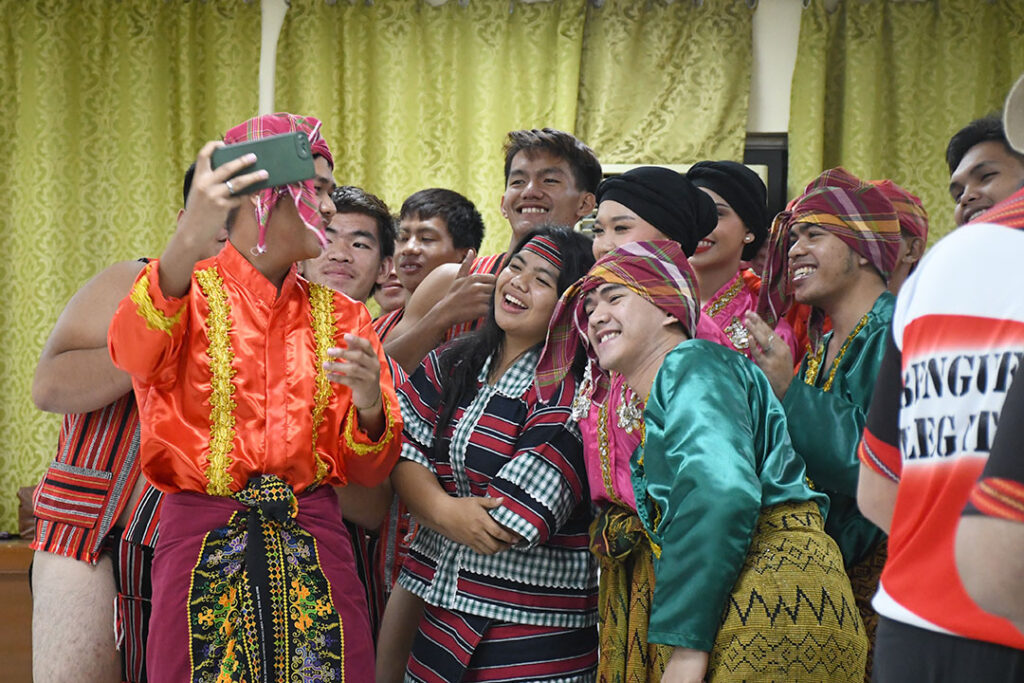
Following the performances, the two universities focused the discussion on the meanings of dances, the symbolism of traditional clothing, and the importance of preserving cultural knowledge. The dialogue encouraged students to explore their roots and share insights about their respective communities.
